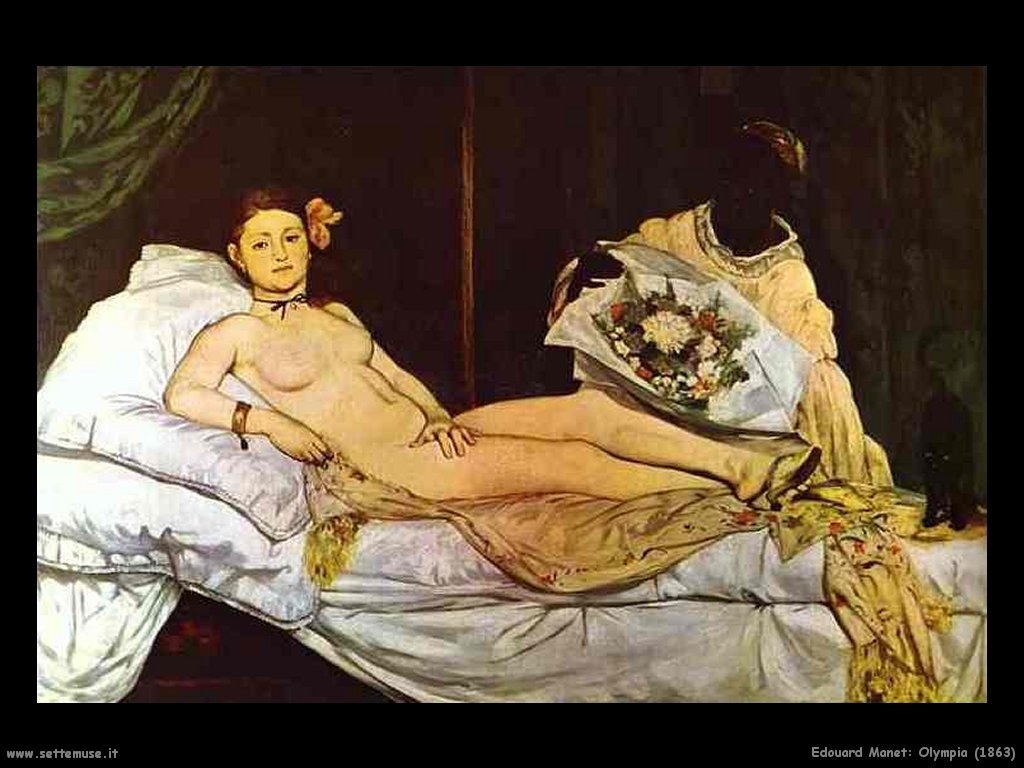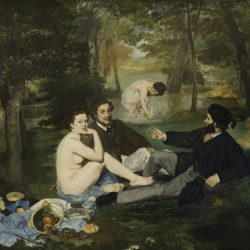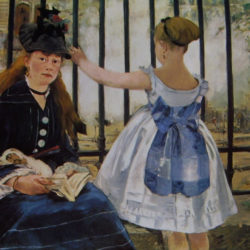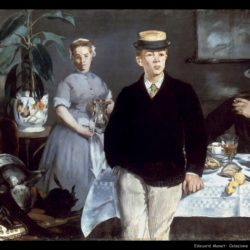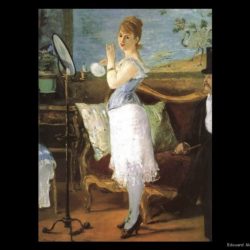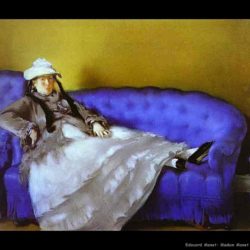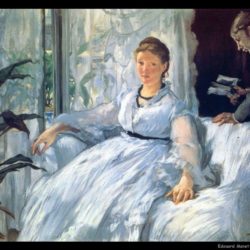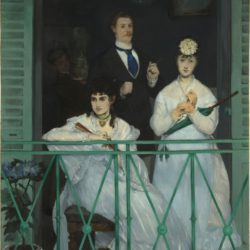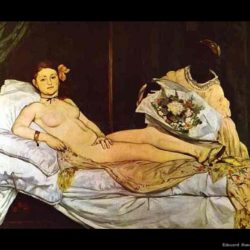Always among the Impressionist painters, Edouard Manet is the one that fascinates me most. Perhaps because it has never conformed to the patterns set by the canons of the time. Manet’s values are, in the first place, pictorial values, and apply equally to a portrait, a genre scene, a great story scene as a still life. “His fault is a sort of pantheism that makes no difference between a head and a slipper, which sometimes gives more importance to a bouquet of flowers than to the appearance of a woman.” Thus wrote the critic Théophile Thoré to Manet. Manet’s way of dealing with modern life is radically different from that of the Impressionists who also considered it a reference (but he will never want to exhibit in their exhibitions). If the Impressionists try to block on the canvas the infinite variations of the luminous skin of the real in its continuous change, Manet seeks, in the change of reality, forms and compositions of solid, almost classical, construction. The well marked outlines to delimit the shapes, the flat color backgrounds that plastically construct the volumes, have nothing to do with the sparkling of ephemeral surfaces of impressionist snapshots. The Parisian artist is in that small group of painters who never make a mistake, and the paintings on show show the absolute greatness of his painting. In 1861 Manet participated for the first time at the Salon, getting good reviews, but the works presented later will be harshly criticized. In 1863 he created and exhibited at the Salon des Refusés, the new exhibition space that Napoleon III had made available to the artists rejected by the official exhibition, “Le déjeuner sur l’herbe”, provoking great scandal for the provocative depiction of a naked woman next to two men fully dressed. In Paris Edouard Manet frequents the environment of the artists who meet at the Café Guerbois and the Nouvelle Athènes: the Impressionists.


